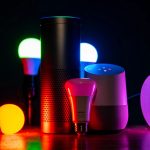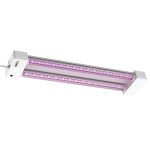Wake Up Refreshed: Discover How Blue LED Light Color Can Help You Start Your Day Right
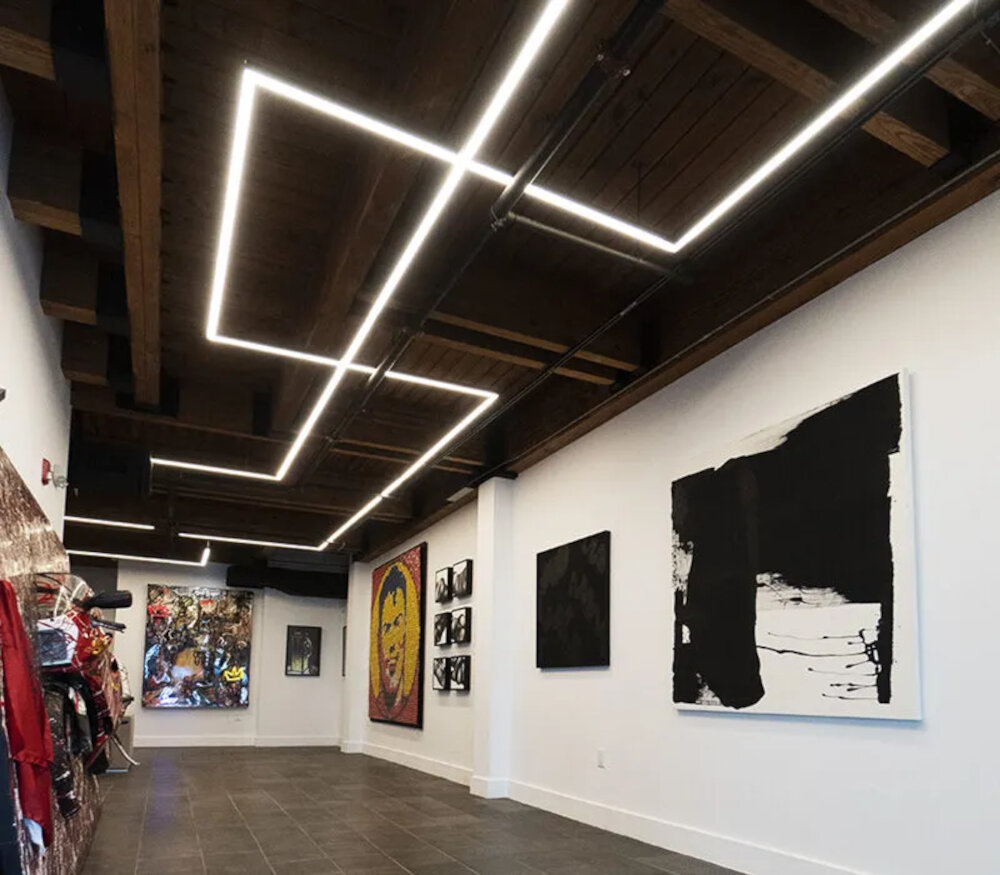
Have you ever woken up feeling groggy and unproductive, despite getting a full night’s rest? It’s a common problem that many people experience, but the solution may be simpler than you think. Researchers have found that exposure to blue LED light can help regulate your body’s natural sleep-wake cycle, leaving you feeling more refreshed and energized in the morning. By incorporating this technology into your daily routine, you can start your day off on the right foot and improve your overall well-being. Blue LED light has been found to be particularly effective at regulating the circadian rhythms that control our sleep and wake cycles. This type of light is similar to the natural light that we experience during the daytime, which triggers our bodies to stay awake and alert. By using blue LED light in the morning, we can signal our brains to stop producing melatonin, the hormone that makes us feel sleepy, and start producing cortisol, a hormone that increases energy and focus. This can lead to improved cognitive function, better mood, and a greater sense of wakefulness throughout the day.
Waking up refreshed is essential for a productive day ahead. It’s no secret that a good night’s sleep is critical for physical and mental health. When we wake up feeling rested and alert, we are better equipped to face the challenges of the day. Studies show that people who wake up refreshed are more focused, productive, and efficient than their sleep-deprived counterparts. They have better cognitive functioning and are less likely to make mistakes or experience accidents. In contrast, people who wake up feeling groggy and tired are more likely to have a sluggish start to their day, which can negatively impact their productivity and overall well-being. Therefore, it is crucial to prioritize good sleep habits and consider the use of blue LED light as a natural way to wake up refreshed and ready to tackle the day ahead.
The blue LED light color is a popular option for illuminating spaces due to its various benefits. This light color has a wavelength of approximately 480 nanometers, which enables it to stimulate the body’s production of serotonin, a mood-boosting hormone that promotes feelings of happiness and well-being. Additionally, blue LED light can help regulate the body’s circadian rhythm, which is essential for maintaining healthy sleep patterns. By exposing oneself to blue LED light in the morning, individuals can wake up feeling more refreshed and energized, ready to tackle the day ahead. This light color is also ideal for use in workspaces, as it can improve productivity and focus by reducing eye strain and increasing alertness. Overall, the blue LED light color is a versatile and beneficial option for a range of applications.
How Blue LED Light Affects Your Circadian Rhythm
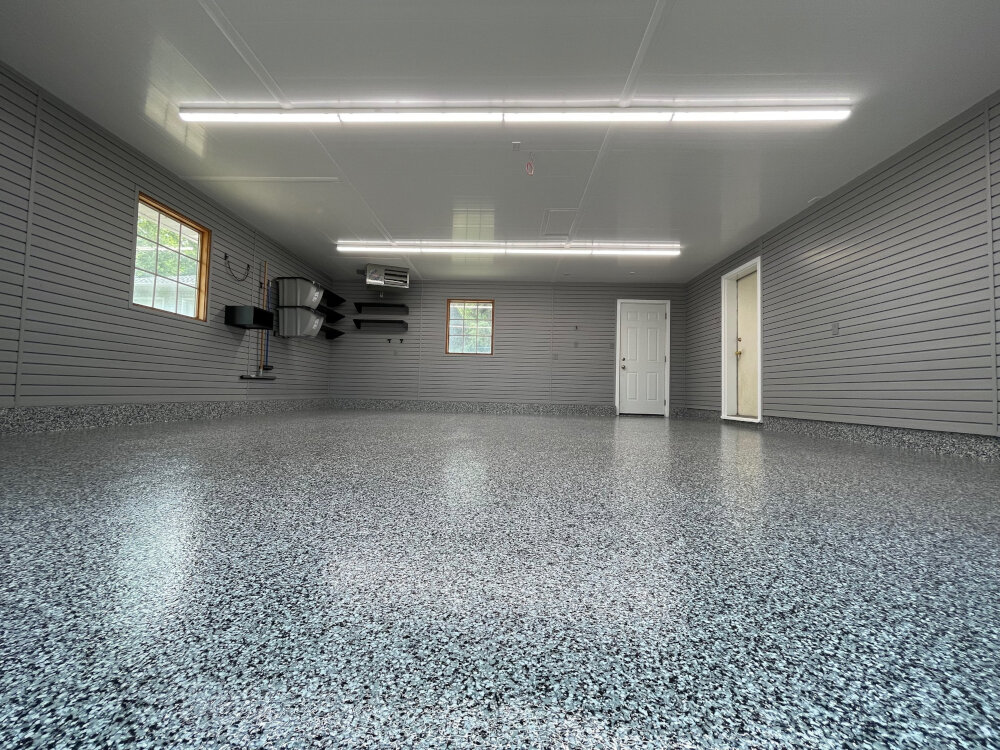
Blue LED light has become increasingly prevalent in our modern-day lives, from phone screens to energy-efficient light bulbs. However, what many people may not realize is that exposure to blue LED light can have a significant impact on our circadian rhythm, which is our body’s internal clock that regulates our sleep-wake cycle. Blue LED light has a short wavelength and a high level of energy, which can interfere with the production of melatonin, the hormone that signals to our body that it’s time to sleep. This disruption can cause our circadian rhythm to become confused, leading to difficulties falling asleep and staying asleep. Research has shown that exposure to blue LED light in the evening can have a particularly negative impact on our circadian rhythm. This is because our body’s natural production of melatonin typically begins to increase in the evening when it gets dark outside. However, exposure to blue LED light can suppress the production of melatonin, making it more difficult for us to feel tired and fall asleep. To counteract this effect, experts recommend limiting exposure to blue LED light in the evening by avoiding electronic devices or using blue light-blocking glasses. By being mindful of our exposure to blue LED light, we can help regulate our circadian rhythm and improve the quality of our sleep, ultimately leading to better overall health and well-being.
The circadian rhythm refers to the internal biological process that regulates the sleep-wake cycle of an organism. This cycle is governed by a master clock located in the suprachiasmatic nucleus (SCN) of the hypothalamus, which is synchronized to the 24-hour day through external cues such as light exposure. The SCN controls the release of hormones such as melatonin, which promotes sleepiness, and cortisol, which promotes wakefulness. The circadian rhythm plays a crucial role in ensuring that the body is awake and alert during the day and prepared for restful sleep at night. The use of blue LED light has been found to be effective in regulating and resetting the circadian rhythm, leading to improved sleep quality and better overall health.
Research has shown that blue LED light can have a significant impact on our circadian rhythm and sleep patterns. The high levels of blue light in the morning help to suppress the release of melatonin, a hormone that helps regulate sleep. This suppression signals to our body that it is time to wake up and be alert. In the evening, exposure to blue light can disrupt our natural sleep-wake cycle by delaying the release of melatonin and delaying the onset of sleep. Therefore, it is important to limit our exposure to blue light in the evening, especially before bedtime, to ensure a restful night’s sleep. By understanding the effects of blue LED light on our circadian rhythm and sleep patterns, we can use this knowledge to promote better sleep hygiene and wake up feeling refreshed and energized.
Various research studies have highlighted the positive effects of blue LED light on sleep and waking up refreshed. According to a study published in the Journal of Clinical Sleep Medicine, exposure to blue LED light before bedtime can help shift the sleep-wake cycle, leading to better sleep quality and improved daytime functioning. Another study conducted by the Lighting Research Center found that blue-enriched light can enhance alertness and cognitive performance upon waking up. Moreover, blue LED light has been found to suppress melatonin secretion, which is a hormone responsible for regulating sleep-wake cycles, thus promoting a more balanced circadian rhythm. These findings suggest that incorporating blue LED light into your morning routine may be an effective way to wake up feeling more refreshed and energized.
Blue LED Light and Melatonin Production
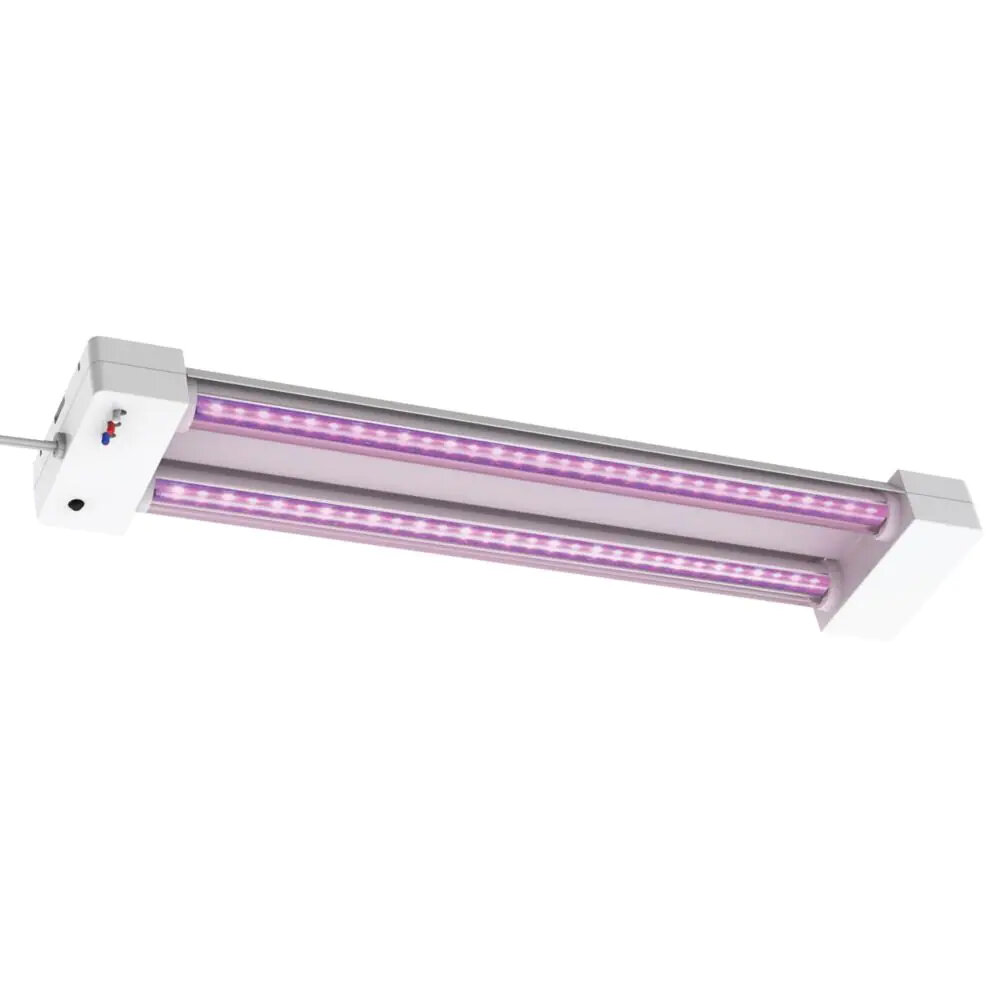
Blue LED light is a type of light that is commonly used in electronic devices and lighting fixtures. This type of light has been found to have an impact on melatonin production, which is a hormone that regulates the sleep-wake cycle. Blue LED light has been shown to suppress melatonin production, making it more difficult for individuals to fall asleep and stay asleep. This is because blue light has a shorter wavelength and higher energy than other types of light, making it more disruptive to the body’s natural circadian rhythms. However, blue LED light can also have a positive effect on melatonin production when used appropriately. When exposed to blue light in the morning, individuals can help reset their circadian rhythms, which can lead to better sleep at night. This is because exposure to blue light in the morning can help suppress melatonin production during the day, leading to increased alertness and wakefulness. Overall, the use of blue LED light should be carefully managed to ensure that it is used at the appropriate times and in the appropriate amounts to avoid disrupting the body’s natural sleep-wake cycle.
Melatonin is a hormone that is naturally produced in the pineal gland of the brain. It plays a vital role in regulating the sleep cycle of a person. Melatonin production is stimulated by darkness and inhibited by light, which means that low light conditions at night promote melatonin synthesis thereby inducing sleep. Melatonin levels rise about two hours before bedtime and remain high throughout the night, promoting deep sleep. However, exposure to artificial light sources such as smartphones and electronic devices, especially blue light, can disrupt melatonin production and delay sleep onset. To maintain a healthy sleep-wake cycle, it is crucial to minimize exposure to blue light at night and create a conducive sleep environment that facilitates melatonin production.
The blue LED light has a significant impact on the production of melatonin, which is a hormone responsible for regulating sleep. Exposure to blue light during the evening can suppress melatonin production, leading to sleep disturbances and poor quality sleep. This is because blue light has a short wavelength that stimulates the brain, making it more active and alert. The suppression of melatonin production can disrupt the body’s natural sleep-wake cycle, leading to insomnia and other sleep disorders. However, exposure to blue light during the day can boost alertness and energy levels, making it an effective tool for waking up refreshed and starting the day right.
Research studies have shown that blue LED light can be an effective tool for improving sleep quality and increasing melatonin production. A study conducted at the University of Basel in Switzerland found that exposure to blue LED light before bedtime increased melatonin secretion and improved sleep efficiency in participants. Another study published in the Journal of Clinical Sleep Medicine found that using blue LED light therapy in the morning improved alertness and cognitive performance throughout the day. The benefits of blue LED light are attributed to its ability to mimic natural daylight, which helps regulate the body’s circadian rhythm and improve sleep-wake cycles. By incorporating blue LED light into your daily routine, you may be able to wake up feeling more refreshed and energized, ready to tackle the day ahead.
How to Incorporate Blue LED Light into Your Morning Routine

Incorporating blue LED light into your morning routine can help you start your day with a refreshing burst of energy. Blue light has been proven to stimulate the brain, increasing alertness and reducing feelings of drowsiness. By using a blue LED light device, such as a light box or alarm clock, you can expose yourself to blue light as soon as you wake up. This can help regulate your circadian rhythm, making it easier to fall asleep at night and wake up feeling refreshed in the morning. One way to incorporate blue LED light into your morning routine is to use a blue light therapy device while you eat breakfast. Sit near the device for 20-30 minutes while you enjoy your meal, allowing the blue light to stimulate your brain and increase your energy levels. You can also use a blue light alarm clock to wake up in the morning. These alarm clocks simulate a sunrise, gradually increasing the amount of light in your room over a period of 30 minutes. This can help regulate your circadian rhythm and make it easier to wake up feeling refreshed and alert. Overall, incorporating blue LED light into your morning routine can have a powerful impact on your energy levels and overall wellbeing.
Incorporating blue LED light into your morning routine can be a game-changer for starting your day on the right foot. Here are some tips to make the most of this technology. First, invest in a high-quality blue LED light therapy lamp that emits the proper wavelength of light. Next, aim to use the light for at least 20-30 minutes each morning, ideally as soon as you wake up. Consider pairing the light therapy with other healthy habits like meditation, stretching, or drinking a glass of water to amplify the benefits. Finally, be consistent with your routine and stick to it even on weekends or days when you may be tempted to sleep in. With these tips, you’ll be well on your way to feeling more alert, energized, and refreshed each morning.
Blue LED light is a powerful tool that has been utilized in various devices, including light therapy lamps and wake-up lights. Light therapy lamps emit blue LED light to improve mood, increase energy levels, and reduce symptoms of Seasonal Affective Disorder (SAD). These lamps simulate natural sunlight and can be used to treat sleep disorders as well. On the other hand, wake-up lights use blue LED light to replicate the sunrise and gently wake you up in the morning. These devices gradually increase the intensity of the blue light, which helps regulate your circadian rhythm and improve your overall sleep quality. By incorporating blue LED light into your daily routine, you can experience a range of benefits, from improved sleep to increased productivity and focus throughout the day.
When it comes to choosing the right device for blue LED light therapy, it is essential to consider the features that meet your needs. Look for a device that emits blue light in the range of 460-480nm wavelength and has adjustable intensity settings. It should also be safe to use and FDA-approved. As for the duration of use, it depends on the device’s intensity and your skin sensitivity. Generally, it is recommended to start with a 10-15 minute session and gradually increase the time up to 30 minutes per day. However, it is crucial to follow the manufacturer’s instructions and consult with a healthcare professional if you have any medical conditions or concerns. With consistent use, blue LED light therapy can improve your mood, energy levels, and sleep quality, helping you wake up refreshed and ready to start your day.
Other Tips for Waking Up Refreshed
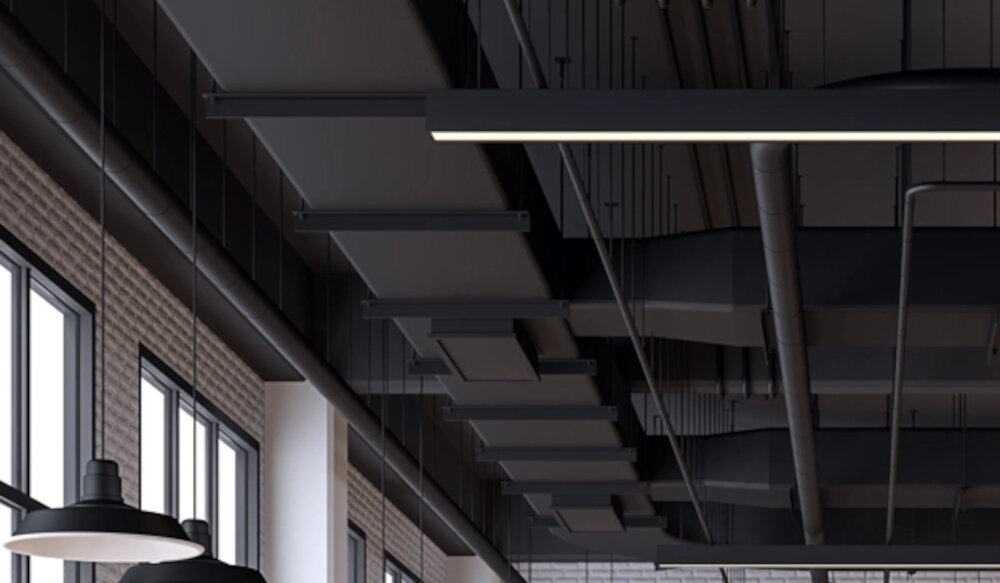
In addition to using blue LED light to wake up refreshed, there are several other tips that can help you start your day right. One of the most important things you can do is establish a consistent sleep schedule. Go to bed and wake up at the same time every day, even on weekends. This will help regulate your body’s internal clock and make it easier to fall asleep and wake up naturally. Additionally, avoid napping during the day, as this can disrupt your sleep schedule and make it harder to fall asleep at night. Another tip for waking up refreshed is to create a relaxing bedtime routine. This can include activities like reading a book, taking a warm bath, or practicing meditation or deep breathing exercises. Avoid using electronic devices like your phone or laptop in the hour leading up to bedtime, as the blue light emitted by these devices can interfere with your body’s ability to produce melatonin, a hormone that helps regulate sleep. By following these tips in addition to using blue LED light, you’ll be well on your way to waking up feeling refreshed and ready to take on the day ahead.
In addition to incorporating blue LED light into your morning routine, there are several other steps you can take to improve your sleep quality and wake up feeling refreshed. One of the most important is to maintain a consistent sleep schedule, going to bed and waking up at the same time every day, even on weekends. It’s also important to avoid caffeine and alcohol in the hours leading up to bedtime, as both can interfere with sleep. Creating a relaxing bedtime routine can also help prepare your body and mind for restful sleep. This might include taking a warm bath, practicing yoga or meditation, or reading a book before turning out the lights. By making these simple changes to your sleep habits, you can wake up feeling refreshed and ready to start your day, no matter what challenges it may bring.
Blue LED light has been shown to have a significant impact on regulating the circadian rhythm and improving sleep quality. Exposure to blue light in the morning can help reset the body’s internal clock, making it easier to wake up feeling refreshed and alert. Additionally, blue light therapy has been found to be effective in treating sleep disorders such as insomnia and Delayed Sleep Phase Syndrome. The use of blue light filters on electronic devices and lighting fixtures can also help reduce the negative impact of artificial blue light on sleep. Overall, incorporating blue LED light into your morning routine can lead to a more energized and productive day.
If you’re looking for a way to start your day with a burst of energy, incorporating blue LED light into your morning routine may be just what you need. Studies have shown that exposure to blue light can help regulate your body’s natural circadian rhythms, making it easier to wake up feeling refreshed and alert. This innovative and easy-to-use technology can be incorporated into your daily routine in a variety of ways, from using a blue light alarm clock to taking a morning walk outside in the sunlight. Whether you’re a busy professional or a stay-at-home parent, adding blue LED light to your morning routine can help you feel more energetic and focused throughout the day, leading to greater productivity and overall well-being. So why not give it a try and see how it can transform your mornings?
Conclusion
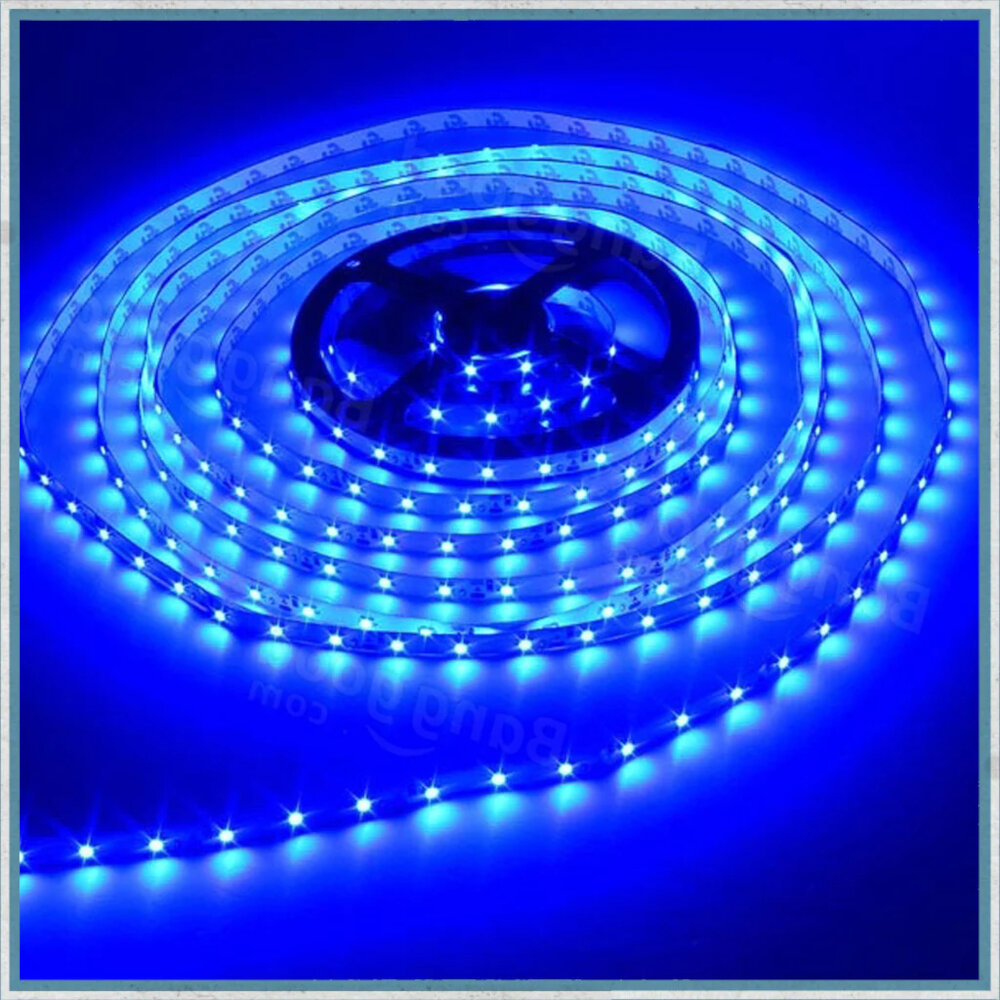
In conclusion, incorporating blue LED light color into your morning routine can have a significant impact on how you start your day. By stimulating the production of serotonin and suppressing melatonin, blue light can help you feel more alert, energized, and focused. Additionally, using blue light therapy can help regulate your circadian rhythm, leading to improved sleep quality and overall health. While it’s essential to be mindful of the potential risks associated with blue light exposure, incorporating it into your morning routine can be a simple and effective way to wake up refreshed and ready to tackle the day ahead. So why not give it a try and see how blue light can help you start your day right?

